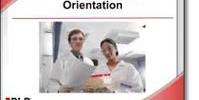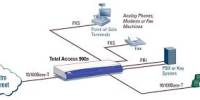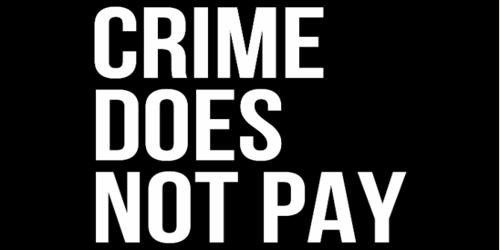Introduction to Motivation
Motivation is the reason for people’s actions, desires, and needs. Motivation is one of the essential aspects of HRM which is concerned with the process of inducing, inspiring, organizing, and stimulating employees to do the better job in the organization. The term is generally used for humans but, theoretically, it can also be used to describe the causes of animal behavior as well. Motivation activates people for better job performance and high productivity. It is the result of interaction between individuals, the job situation, and job characteristics. The outcome of such interaction leads to a goal-directed behavior which satisfies the organizational need. It is an inner state that energizes, activates and directs individual’s behavior towards the attainment of organizational objectives.
Types of theories and models:- Motivation theories can be classified by a number of bases:
- Natural vs. Rational: based on whether the underlying theory of human cognition is based on natural forces (drives, needs, desires) or some kind of rationality (instrumentality, meaningfulness, self-identity).
- Content vs. Process: based on whether the focus is on the content (“what”) motivates vs process (“how”) motivation takes place.
The term “Motivation” is derived from the Latin word “Movire” meaning to move. Motivation thus is to move too or not to do something. More specifically, motivation in simple terms can be understood as a set of forces or inner thoughts that cause people to behave in certain ways. It is a result of interaction between internal and external behavior that arise enthusiasm and persistence to pursue a certain course of action.

When people join an organization, they bring with them certain needs that affect on-the-job performance. Some of these needs are physiological; others are related to psychological and social values. The later is much more difficult to determine and satisfy, and they vary greatly from one to another. Maslow has developed a hierarchy of needs as follows: physiological, security, social, esteem, and self-actualization needs. They interact with the environment to shape on-the-job wants that are the basis of motivation. In addition, motivation is affected by people’s perceptions, including their feelings of equity or fairness in a situation.
Motivation is a step-by-step process that prompts an individual into action. It is said that an individual who is not motivated cannot contribute good individual performance, no matter how able he is. Similarly, it is true that people with less ability but with high motivation can perform better in the organization.
The three basic elements of motivation are needs, drives, and goals. Needs refer to an individuals physical and psychological requirement. If such requirements are not met through the organizational process, they lead to drives. It means unfulfilled need stimulates individual to do something. The drive is finally directed towards the attainment of some specific goals. When a goal is attained, it restores the psychological and physiological balance within the individual.
















